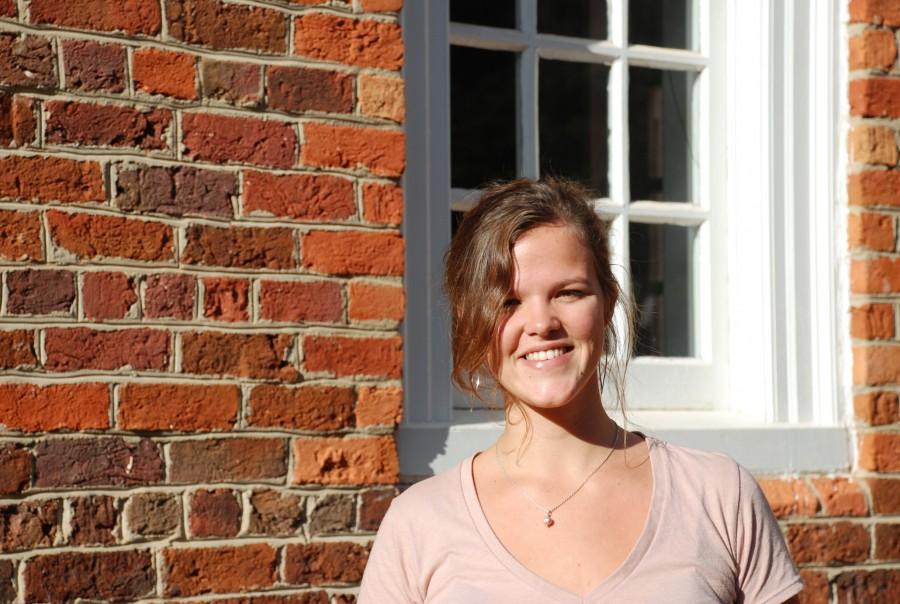At 10 o’clock on a balmy Thursday evening, I stepped off of Elm Street in downtown Greensboro and into the brightly lit foyer of Elsewhere, the living museum. My eyes instantly widened to the size of dinner plates and my head swiveled like a bauble as I tried to make sense of the new world I had entered into.
Amy Johnson, the communications intern, greeted me at the door and explained the history of Elsewhere.
For 55 years, Sylvia Gray collected odds and ends that she sold in a thrift store in the same three-story building that the museum now occupies.
“Apparently (Gray) was quite a character,” Johnson said. “People would come into the store and she would tell them that things weren’t for sale, or that they could buy a trinket for a thousand dollars.”
In 2003, six years after Gray’s death, her grandson George Sheer visited the abandoned thrift store with a few of his friends. Faced with the enormous question of what to do with so much stuff, the group of friends decided to re-imagine its potential.
Two years of organizing and re-organizing later, Elsewhere became what it is today: a living museum where artists come for residencies, working only with the materials that are already there.
Sylvia was particularly fond of fabric and textiles, which is evident in a large collection of knotted and bundled fabrics hanging from the ceiling. The effect of this display is disorienting, like walking on your hands across a patch of multicolored shag carpet, or floating upside-down through waving sea anemones.
“This place is a found-object paradise,” I overheard a man with a mirror strapped around his neck mutter to himself.
The truth is, I had to crane my neck to see anything but the man’s shoes (black, business casual) because I was hiding out in a tiny alcove beneath a table, which was draped in fabric and complete with a makeshift bed.
From here, I crawled back into the grown-up sized world, but I was beginning to get my bearings in this strange place, and it was clear that grown-up sized or not, this was like no place I had ever been before.
Suddenly, what previously seemed like an indecipherable jumble of junk appeared to me as a jungle of infinite possibility. A jungle or a city, the metaphors kept mixing in my mind, and that was just fine because the excitement of this place lies in the fact that it can be anything you want it to be.
Elsewhere is a playground for anyone. Sure, most of the artists are 20-somethings from Portland or Minneapolis, with torn jeans and thrift store tops, but there is Mr. Business Casual carrying on an impassioned conversation with Johnson, the intern.
For me, it was an experience of synesthesia: colors moved and swelled, indecipherable from textures, and the smells from dinner lingering in the air combined with the musty aroma of old knick-knacks. Toys from the 90s next to toys from the 50s spoke to a shared cultural history, and I imagined some future civilization discovering the ruins of Elsewhere and trying to piece together a picture of our world from the artifacts left behind.
Stepping back onto the street, normal objects took on a strange slant. Orange construction cones could be giant birthday hats or altars to small deities. This is what I always want art to do: make everything in the world new again. This is what Elsewhere has done.

